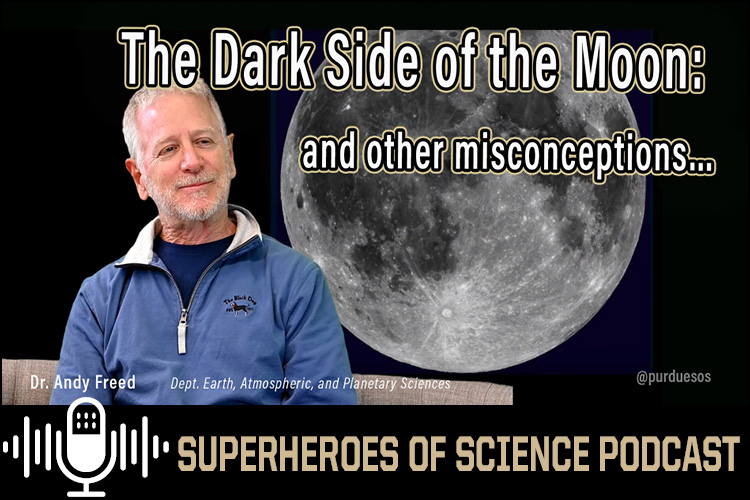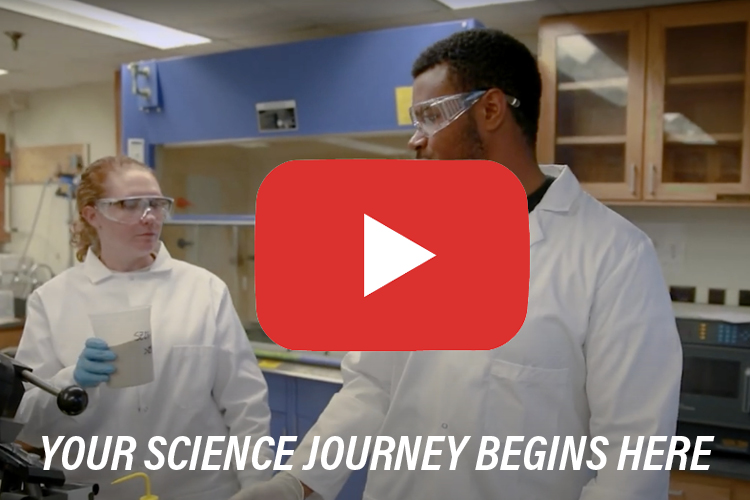News
Is there life on Mars? Scientists claim thick layers of clay could be perfect breeding grounds
GBNews — Scientists have discovered that thick clay deposits on Mars could have provided stable environments where ancient life might have developed, according to new research. EAPS's Roger Wiens was quoted in this article and led the research team.
2025 NFS Graduate Research Fellowship Program announces awardees and honorable mentions
The National Science Foundation (NSF) has announced the 2025 Graduate Research Fellowship Program (GRFP) which included 24 awardees and 28 honorable mentions from Purdue University. Of the pool of innovators, the Purdue University College of Science students stood out with twelve awardee offers and eight honorable mentions.
Midwest states east of 'tornado alley' are bearing the brunt of severe storm season.
NPR — Destructive tornadoes have hit states such as Missouri, Illinois, Kentucky and Indiana this season as activity shifts east. Meanwhile, scientists say dry and hot weather in the Great Plains brought on by climate change could be slowing the number of tornadoes there. EAPS professor Dan Chavas was cited in this article.
Forget Mars and Europa — NASA is hunting life on this unthinkable little world
The Pulse — NASA is constantly searching for any signs of life in the solar system. Earth is currently the only planet that is capable of holding life as we know it, as the distance between it and the sun is perfect for life to proliferate. Now, they are turning their focus to somewhere else to see if there’s something vital for life. A team led by Ian Pamerleau, a Ph.D. student at Purdue University, worked with his supervisor, Mike Sori, and Jennifer Scully from NASA’s Jet Propulsion Laboratory.
Common clay could be cheapest-ever way to capture CO₂, say US scientists.
Interesting Engineering — A group of scientists from Purdue University and Sandia National Laboratories has made a surprising breakthrough in climate technology using one of the most common materials on Earth—clay. EAPS's Cliff Johnston is cited in the article.
All Departmental News



